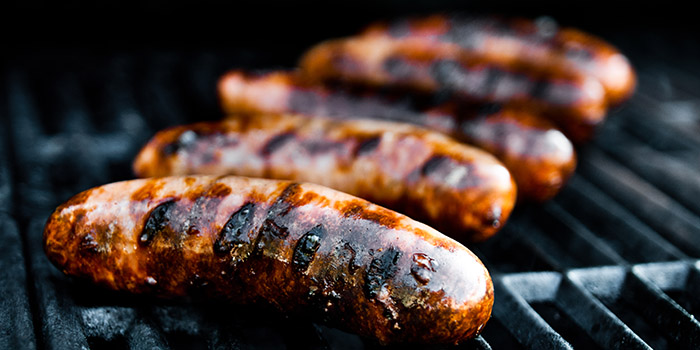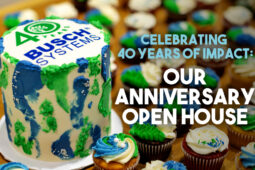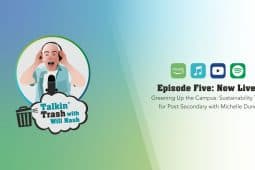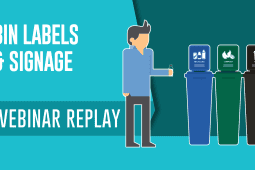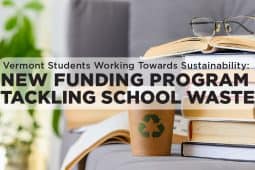Are US Recycling Rates Starting to Decline?
In 2012, Americans recycled and composted close to 87 million tons of material, which makes up a recycling rate of around 34.5%–the highest percent to date! Now, before everyone gives themselves a hearty pat on the back for recycling more than ever before, we should be mindful of the fact that countries like Switzerland and Belgium have recycling rates over 50%. And according to the EAA, front runner Austria has a recycling rate of around 63%– nearly double the American recycling rate.
Not to be the bearer of bad news, but the United States is not gaining any ground on these countries either, as it appears the yearly recycling rate is losing some steam. Yes, the US is a much larger country than those who are leading the way, but that’s all the more reason to get those ducks all lined up in a row.
From 1990 to 1995, the United States Environmental Protection Agency reported that Americans experienced a recycling rate increase of 9.5%. From 2000 to 2005, there was an increase of only 2.9%.
From 2011 to 2012 alone, an annual study from a Washington-based agency reported that the American recycling rate actually declined 0.2% from 34.7% to 34.5%! If you looked at these numbers on a graph, you would clearly see that the recycling rates are starting to level off.
Have we reached a point with our current technology, tactics and programs where we just can’t recycle any more material? Or are we just not getting through to each individual American as we should?
A study done by IPSOS Public Affairs states that just half of Americans recycle daily and 13% don’t throw a single thing in the recycling bin! However, the study also states that most people understand the benefits of recycling, such as: that it helps reduce landfills, saves trees, conserves energy, creates jobs and makes money.
So what’s the deal?
The deal is, that it’s still evident that the Achilles heel of recycling still revolves primarily around confusion, time-consumption and accessibility.
In the same study, respondents to the survey stated that when unsure about whether a specific material can be recycled, 50% said they would give up and throw the item in the trash and 18% would put it in the recycling bin anyway.
Plastic bottles, aluminum cans, cardboard and paper are all easily categorized as recyclable; most of the people who walk up to a multi-stream recycling station with one of those materials won’t spend more than 2 seconds figuring out what goes where.
But what about crayons, trophies or cat litter? And what about juice and pizza boxes? Are they recyclable? And if they are, where do they go?
Around 75% of respondents who took the IPSOS survey did not know that juice boxes and pizza boxes are not recyclable* and around 30% did not know that the first three items are in fact recyclable.
*Note: According to Earth911.com, “A typical shelf-stable carton [now] averages 74 percent paper, 22 percent plastic and 4 percent aluminum. The refrigerated cartons skip the aluminum and usually stick to an 80 percent paper, 20 percent plastic combo” This means that as of 2011, juice boxes and most other shelf-stable cartons (milk cartons, cream cartons, etc.) are in fact now recyclable and can be tossed in the recycling bin. Check out www.recyclecartons.com and watch the quick video for more information on how to recycle cartons.
Regarding time-consumption, it is said that the average family spends the equivalent of one working week per year sorting trash into paper, glass, plastic cardboard and compost. As with organizations with a larger recycling scale, this is primarily because it takes a lot longer to dumpster dive through your trash bin and take-out each recyclable item than to put them in the right place the first time.
Scientists from Mindlab International lead a study regarding the effort and complexity of recycling by observing brainwaves while completing the task.
“We discovered that recycling is actually an incredibly complicated and stressful activity, which requires a huge amount of concentration…The whole process is so confusing that even hardened and dedicated recyclers still get it wrong”, stated the director of neuroscience at Mindlab, Dr. David Lewis.
Clearly, recycling still isn’t clear enough. So how do we make things easier, less stressful and less time consuming?
One American city with a population of 825,863 has already accomplished a recycling rate of over 80% and they’re not walking the streets confused or strung out, so how are they doing it? Stay tuned to find out which city that is and How to Increase Recycling Rates and make recycling less of a pain in the bum.
References
http://earth911.com/news/2012/01/02/recycling-mystery-milk-and-juice-cartons/
http://www.epa.gov/osw/nonhaz/municipal/
http://www.recyclecartons.com/
http://eab.sagepub.com/content/33/6/830
http://www.mirror.co.uk/news/uk-news/recycling-is-as-tricky-as-a-game-of-sudoku-327131


